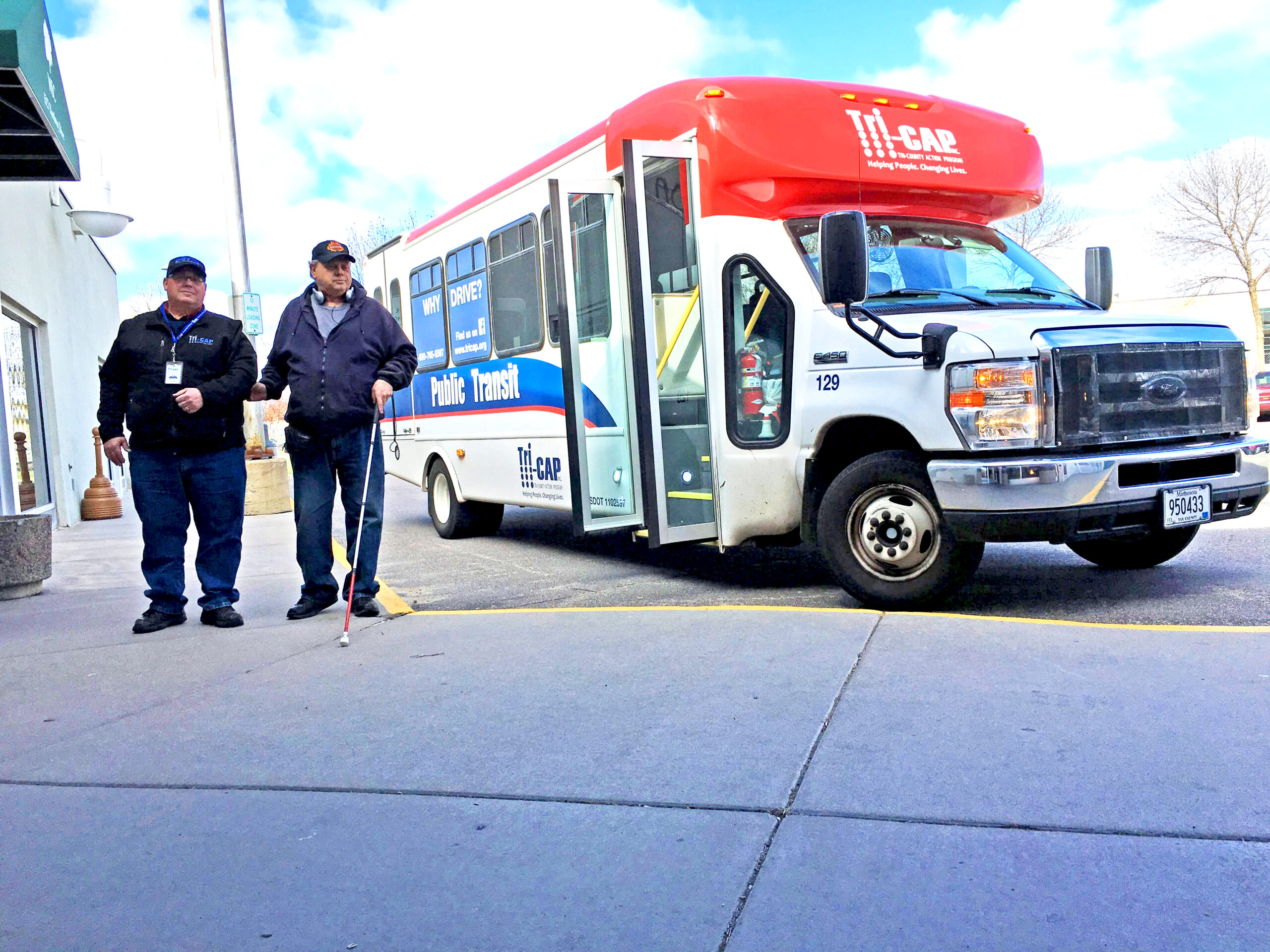This week, the Transportation Research Board released a pre-publication draft of the “Practitioner’s Guide to Bus Operator Workforce Management” a report that will help transit agencies better assess, plan, and implement their operator workforce management programs. The guide was written by the Eno Center for Transportation along with the International Transportation Learning Center, and Huber and Associates, Inc.
The guide stresses the critical role played by bus operators, who make up more than 60 percent of the public transit workforce. Given their high degree of interaction with customers, they serve as ambassadors for transit agencies and influence transportation decisions made by both riders and potential riders. They also affect service elements such as on-time performance and reliability.

Photo by Drew Kerr, Metro Transit
Many transit agencies are experiencing difficulties recruiting and retaining qualified operators. Even though bus operator positions for the most part are well-paid stable jobs with excellent benefits, transit providers face numerous obstacles recruiting qualified operators. Transit agencies have to address the perception among many potential candidates that the position involves long working hours, lack of adequate breaks, regulatory barriers to entry, and an inflexible working environment.
According to the most recently available data, 24 percent of the U.S. workforce is over the age of 55. However, among the bus operator workforce, nearly 50 percent are over 55. The large representation of older workers highlights the need to attract new candidates.
The Practitioner’s Guide addresses the following seven elements of bus operator workforce management.
Workforce Needs Assessment: When departments within a transit organization work together, they can better assess staffing needs with consideration for attrition, expected absences, turnover, and planned service changes. Quantitative information (such as turnover rates, workforce demographics and service changes) that is collected from human resources, service, and planning departments can help to provide a better understanding of a transit agency’s workforce needs. Many transit agencies, however, have indicated that this collection of data is minimal, nonexistent, or not shared strategically between departments.
Recruitment: While many new recruitment platforms, such as social media and digital advertising, have changed bus operator recruitment, traditional tools still attract potential candidates. Signage and advertisements in visible locations, such as on billboards and buses, can be effective. Recruiting new employees by using referrals from the existing employee base has long been (and continues to be) a highly effective strategy. Many transit agencies award financial bonuses to their employees who recruit new operators. Providing sign-on bonuses directly to new employees also helps with recruitment.

Photo courtesy of IndyGo
Compensation: Noncompetitive wages are often cited as one reason why transit agencies have difficulty attracting new operators. Regular wage comparisons with similar industries and major employers in their geographic areas can help transit agencies address this issue. Transit agencies can do a better job informing potential employees about the wide range of benefits they provide, since many other employers do not offer the same level of medical coverage, retirement programs, and paid time off. Transit agencies can also increase pay without increasing the wages of every bus operator. For example, eligible employees at some transit agencies who opt out of health insurance programs can receive a monthly check for a portion of an agency’s savings.
Hiring Processes: Transit agencies are aware that their hiring processes for bus operators need to be improved. Some have been consolidating and speeding them up. A multi-step application processes that spans several days or even weeks can cause applicants to pursue other employment activities. Moreover, while candidate screening tools are often used to narrow down the pool of applicants and identify the best candidates, interviewees for this study reveal some limitations of these types of tests. For example, some candidates may have a language barrier that does not reveal their full skill set and potential capabilities.
Training: Training ensures that operators are proficient in their job responsibilities. However, U.S. transit agencies invest less in training compared to other industries even though there appears to be a strong correlation between ongoing training and increased operator retention. One of the most important findings of this study is the benefits of mentorship programs. Mentors provide needed support and guidance during the difficult first months of employment. In the absence of a mentorship program, new operators may reach out to an operator who may not be the most qualified and/or experienced for mentorship purposes. Consequently, and despite good intentions, the new hire may not get the best information and assistance in dealing with on-the-job challenges.

Photo courtesy of Tri-County Action Program Waite Park, MN
Safety, Health, and Working Conditions: Operator well-being directly affects retention as well as the costs and quality of bus services. Mentors can offer support to new employees as they gain traction and deal with on-the-job challenges. The interactions between mentors and mentees can decrease the sense of isolation that many new bus drivers report feeling. Restroom access is an often-overlooked component of the bus operator’s working conditions, but one that can put a daily strain on the operator and lead to adverse health outcomes, such as urinary tract infections. Agencies can address this issue by preparing maps, installing portable toilets, and making arrangements with businesses along routes.
Retention and Motivation: Transit agencies can offer a wide range of programs to improve retention rates such as listening to operator concerns, providing career advancement opportunities, offering rewards programs, and establishing mentorship programs. Agencies can also reward their employees and host special events to acknowledge their contributions.
The figure below identifies some of the approaches currently used by transit agencies and are described more in the Practitioner’s Guide.

On March 12, Robert Puentes (president of the Eno Center for Transportation) and Xinge Wang (deputy director of the International Transportation Learning Center) will lead a TRB webinar with transit agency officials to share best practices and strategies to help improve the hiring, training, and retaining of bus operators.







